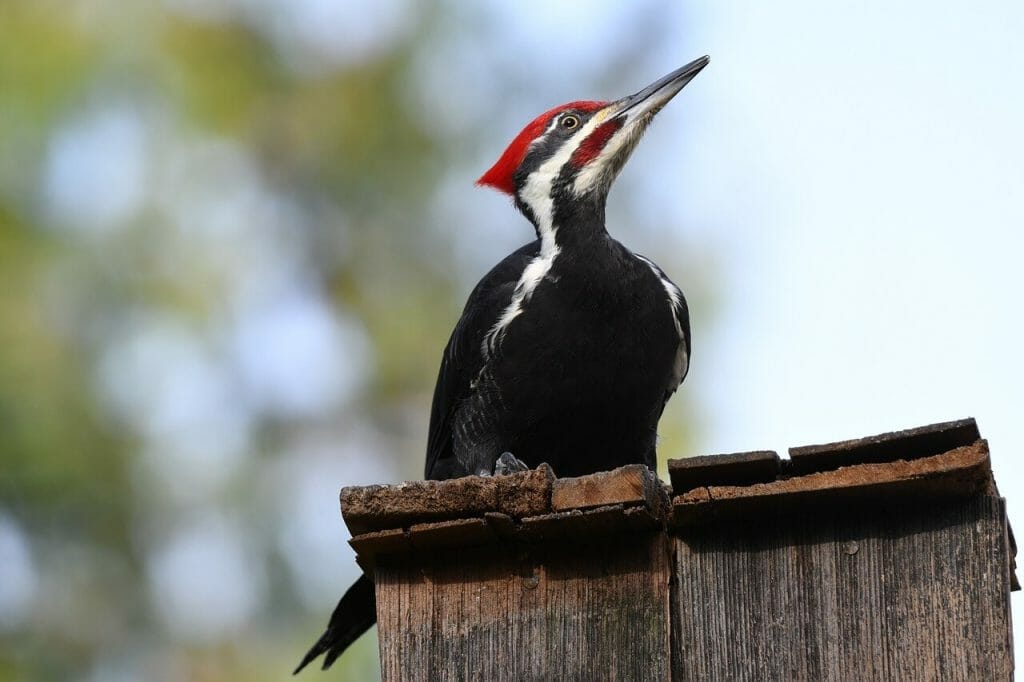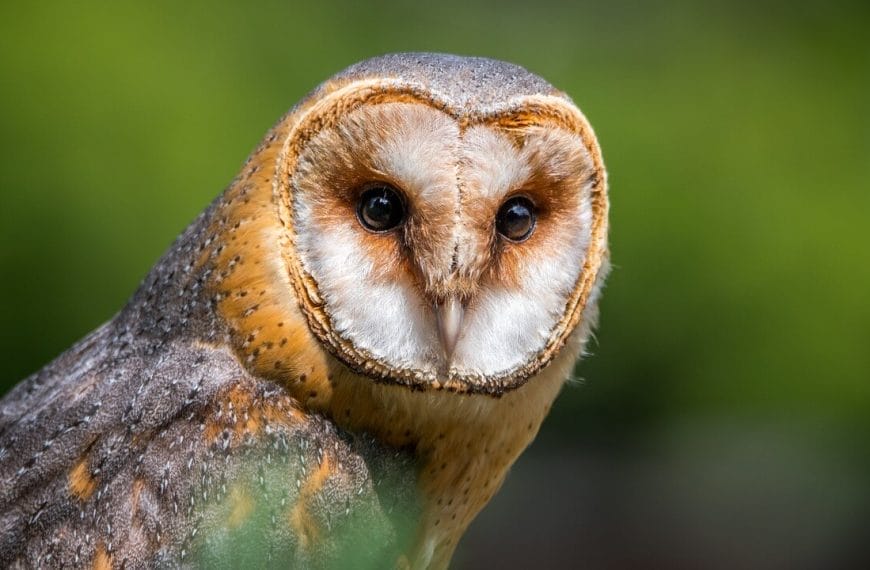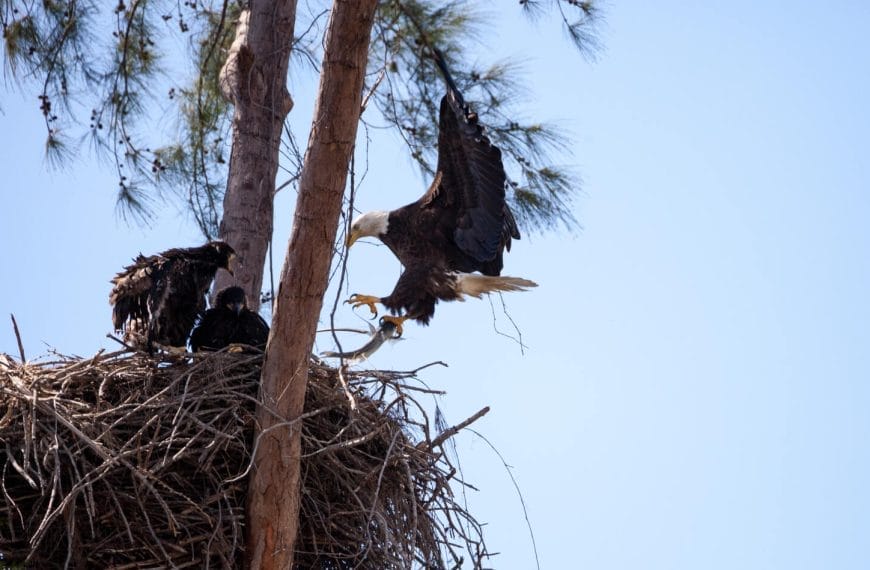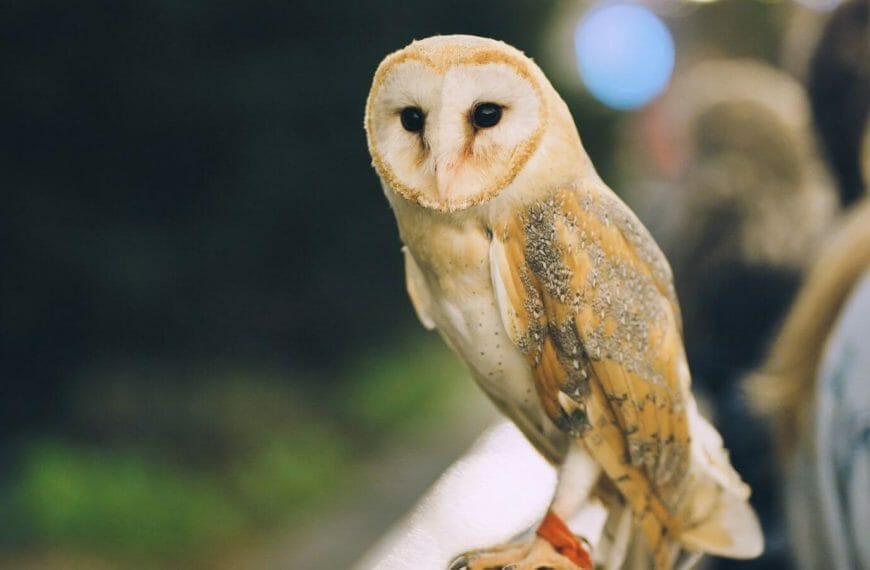Do Birds Have Tails?
Have you ever wondered how birds are able to maintain their balance while perching or walking? Or Do Birds have tails? how they are able to make sharp turns mid-flight? Look no further than their tails!
From the impressive tails of peacocks used for attracting mates, to the streamlined tails of raptors used for precise aerial maneuvers, we will discover the incredible adaptability and versatility of this often-overlooked feature in the avian world. So, let’s spread our wings and take flight into the world of bird tails!
Birds have an incredible variety of feather features, tail shapes and sizes, each serving a unique purpose in their locomotion and behavior. We will delve into the fascinating world of bird tails, exploring their evolution, anatomy, and functions.

What Are Bird Tails and Why Do They Matter?
A bird’s tail is a collection of long feathers controlled by muscles at their base. It is an important part of the bird’s anatomy that serves various functions during flight and balance.
Many birds use their tails to steer and maneuver, and maintain balance while flying, strong tail feathers aid in steering the bird in different directions while flying, hence why the tail serves as a brake when the bird lands, and provides lift when the bird takes off.

The shape of a bird’s tail also plays a significant role in its flight, broad tails help birds to change direction quickly and easily, while long, narrow tails help them to fly in a straight line.
The shape of a bird’s tail also plays a significant role in its flight
Overall, the tail is an essential part of the bird’s body that aids in its locomotion and survival, A bird without a tail may have difficulty living for an extended period of time.
Related Article: How to Keep Birds Off Your Boat
The Anatomy of a Bird’s Tail?
A bird’s tail is composed of long feathers that are controlled by muscles at their base. These tail feathers are specialized plumage that’s lighter and stiffer than body feathers.
The same is true of feathers at the tip and trailing edge of their wings, collectively known as “flight feathers.”

Birds shed all of their feathers once or twice a year. The number and arrangement of tail feathers can vary between species, and different bird tail shapes serve different functions.
The number and arrangement of tail feathers can vary between species
Anatomy of Bird’s Tail Table
| Tail Feathers | Long, stiff feathers at the end of the tail that provide lift and propulsion during flight. They are essential for maneuvering and stability. |
| Rectrices | The central tail feathers that are larger and more rigid than other feathers. They provide balance and control during flight. |
| Coverts | Shorter feathers that cover the base of the tail and help protect the underlying rectrices. They provide insulation and streamline the tail. |
| Pygostyle | A fused cluster of vertebrae at the end of the bird’s spine. It supports the tail feathers and helps control their movement. |
| Tail Muscles | Muscles responsible for controlling the movement of the tail feathers. They enable the bird to change direction, stabilize, and perform various aerial maneuvers. |
| Tail Function | 1. Flight control and stability: The tail feathers play a crucial role in steering and maintaining balance during flight. 2. Communication and displays: Birds use their tails for communication, courtship, and displays of territorial dominance. |
Can a Bird Fly Without a Tail? Exploring the Importance of Tail Feathers

Birds are known for their tails which serve a variety of purposes, one of the many reasons why birds have tail is to provide stability during take-off and landing, and birds can use their tail feathers by spreading them out to create additional lift.
Different species of birds have evolved specialized tails to suit their needs, such as woodpeckers and woodcreepers with stiff tails for bracing and peacocks and lyrebirds with large, colorful tails for attracting mates.
Different species of birds have evolved specialized tails to suit their needs
Without their tail feathers, flying would be much harder to control for even the most athletic birds.
Related Article: How To Call Birds?
How Do Birds Use Their Tails for Flight and Balance?
Birds use their tails for flight and balance in a variety of ways. During takeoff, a bird’s tail provides lift, helping it to ascend into the air.

During mid-flight maneuvers, a bird’s tail helps it to control its direction and speed, allowing it to make sharp turns or fly in a straight line. When landing, a bird uses its tail as a brake to slow down and descend safely.
During mid-flight maneuvers, a bird’s tail helps it to control its direction and speed
A bird’s tail is important for balance while flying, allowing it to maintain stability and adjust its position in the air. Different species of birds have tails of varying shapes and sizes, which serve different functions in flight.
For example, some birds have long, narrow tails that help them fly in a straight line, while others have short, stout tails that act like rudders for steering. Overall, a bird’s tail is a crucial tool for its survival and success in flight.
Related Post: Hummingbirds Feet
Woodpeckers: The Unique Ability to Stand on Their Tails

Unlike many birds, Woodpeckers have a unique ability to stand on their tails, which aids in their locomotion while pecking or foraging for food.
The tail feathers of woodpeckers are incredibly stiff, providing the necessary balance when the bird is pulling its head back. Without these sturdy tail feathers, the woodpecker would risk flipping backward.
The row of prongs on the woodpecker’s tail helps the bird hang against tree trunks while it jackhammers the bark. The tail acts as a stabilizer that forms a tripod with the bird’s legs.
Three-toed woodpeckers have especially strong central tail feathers, allowing them to rear back on tiptoes and put the whole body behind the strike. Woodpeckers climb tree trunks by hopping upward while braced by a strong tail.
In summary, the unique structural adaptations of woodpecker tail feathers allow them to stand on their tails, providing necessary balance and aiding in their locomotion while foraging or pecking.
Related Article: How To Attract Woodpeckers?
Other Interesting Facts About Bird Tails
- Bird tails are an incredibly versatile and vital part of a bird’s anatomy.
- They help with steering and balance during flight and can even serve as an airbrake to help a bird slow down upon landing.
- Some birds, like raptors and vultures, can use their tails to sustain lift while circling in thermals.
- Tail shape can also be a useful identification tool for bird enthusiasts.
- Despite their importance, having a long tail doesn’t necessarily slow a bird down, and in fact, long tail feathers may even serve as a means to attract mates.
So next time you see a bird, take a moment to appreciate the impressive capabilities of its tail.
Related Article: Is Penguin A Bird?
Summing Up: The Significance of Bird Tails
Bird tails play a vital role in the locomotion of birds. The tail feathers, collectively called retrices, are used for steering, balance, braking, lift, and communication.
The tail feathers, collectively called retrices, are used for steering, balance, braking, lift, and communication
The shape of a bird’s tail is also important for flight, with long, narrow tails helping birds fly in a straight line and broad tails aiding in quick directional changes.
The evolutionary significance of bird tails is also notable, with the ability to attract mates being a driving force behind the evolution of long tail feathers in some species.
Overall, the diversity of tail shapes and functions in birds is a testament to the adaptability and ingenuity of avian biology.
Do birds without tails fly?
Yes, birds fly without their tails. They use their wings for locomotion and control their flight without the need of a tail.
Conclusion: Understanding the Role of Tails in Birds’ Lives

In conclusion, tails play a vital role in the lives of birds. They are essential for flight, providing balance, steering, and lift, as well as aiding in takeoff and landing.
Different species of birds have adapted their tails to suit specific functions, such as long tails for attracting mates or broad tails for quick directional changes. Despite extensive research, there is still much to learn about the aerodynamics of bird tails, and the field remains a topic of interest for scientists.
Different species of birds have adapted their tails to suit specific functions
A deeper understanding of tail locomotion in birds could have practical applications in fields such as aviation and robotics. As we continue to explore and learn about the intricate workings of bird tails, we gain a greater appreciation for the complexity and beauty of these remarkable creatures.
FAQ
Do all birds have tails?
No, not all birds have tails. There are a few species of birds like the kiwi that don’t have a tail, while other lose their tail feathers to a predator, which later it grows back.
What is the purpose of birds’ tails?
The birds’ tails are designed to aid in maneuverability and flight. They help many birds balance on branches and telephone wires, as well as help them steer and pitch their bodies during flight.
Are all birds’ tails the same?
No, the number and pattern of tail feathers vary between species. Some birds have long tails with elaborate patterns, while others have ambiguous tails with fewer feathers.
Can birds’ tails regrow if they are lost?
Yes, many birds’ tails regrow after molting or losing them. However, it may take some time for the tail feathers to fully regrow.
Do tails help soaring birds in their flight?
Yes, tails play a vital role in the flight of soaring birds like eagles and hawks.
They use their tails to adjust for pitch and maneuver while flying.
How are birds’ tails designed to push against the air?
Birds’ tails are designed to push against the air with maximum force and minimum resistance.
They are light and stiff with vanes of interlocked feathers that allow for maximum lift.
Do birds use their tails for anything other than flight?
Yes, birds use their tails for a variety of purposes other than flight. They use them for balance while walking or perching, attracting a mate, and even as a defense mechanism against predators.
Do birds have to wait until they are adults to have feathers on their tails?
No, birds are born with feathers, including those on their tails. However, the number of rectrices, or tail feathers, may increase as they mature.
Have birds’ tails evolved over time?
Yes, birds’ tails have evolved over time, adapting to better serve their needs.
They have evolved to molt and grow new feathers, change patterns and shapes, and alter their size and weight for optimal flight and survival.






![How to Attract Ravens to Your Yard: The [Complete] Guide to Attracting these Beautiful Birds to your Backyard](https://ekz2dfuukk8.exactdn.com/storage/2023/10/How-to-Attract-Ravens-to-Your-Yard-870x570.jpg?strip=all&lossy=1&ssl=1)







![How to Identify Turkey Feathers [Ultimate Guide]](https://ekz2dfuukk8.exactdn.com/storage/2023/03/HOW_TO_IDENTIFY_TURKEY_FEATHERS-793x570.jpg?strip=all&lossy=1&ssl=1)
![How to Keep Birds Off Your Boat: Ways and [Best] Deterrents to Keep Birds Away From Your Boat](https://ekz2dfuukk8.exactdn.com/storage/2023/05/how-to-keep-birds-of-your-boat-870x570.jpg?strip=all&lossy=1&ssl=1)










![How to Keep Birds Off Your Boat: Ways and [Best] Deterrents to Keep Birds Away From Your Boat](https://ekz2dfuukk8.exactdn.com/storage/2023/05/how-to-keep-birds-of-your-boat.jpg?strip=all&lossy=1&ssl=1)



